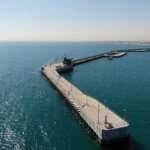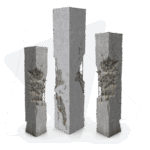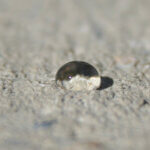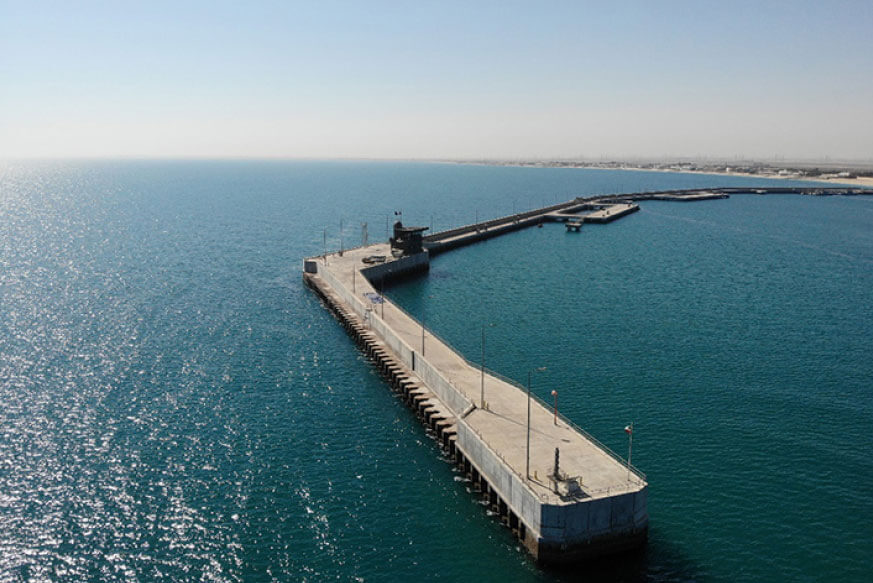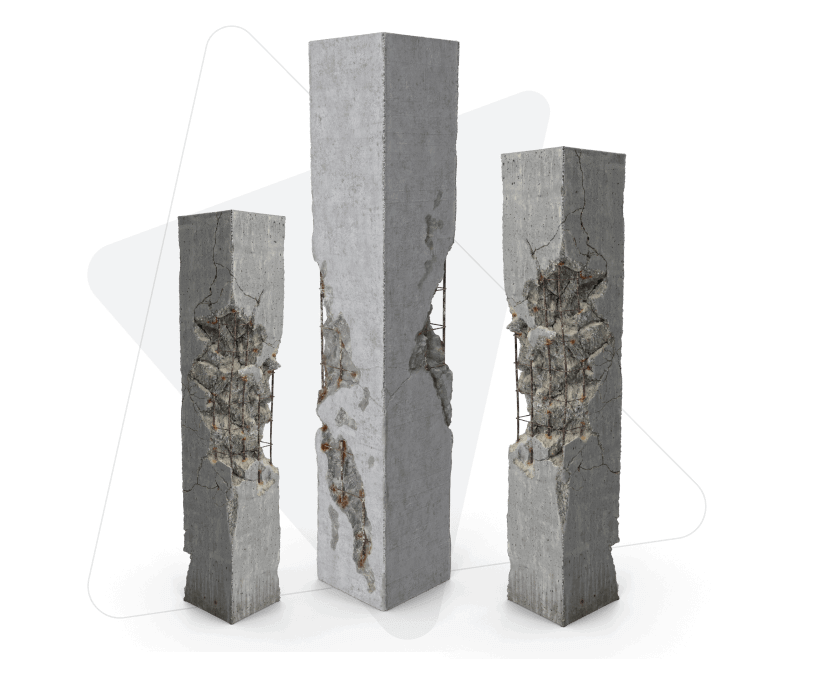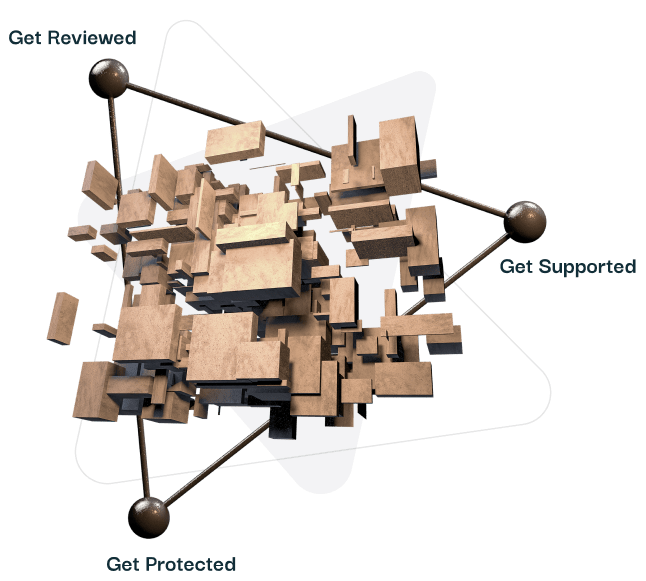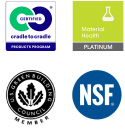According to ACI 212 Chapter 15, Hycrete Both a PRAH and a PRAN
FOR IMMEDIATE RELEASE
Media Contact:
Jason Tuerack
(201) 386-8110
jason@hycrete.com
CARLSTADT, N.J., October 22, 2013 – Hycrete, Inc., a leader in moisture and corrosion protection technologies for concrete, is proud to be the only North American supplier of admixtures meeting both criteria for permeability-reducingadmixtures according to ACI 212 Chapter 15. Hycrete’s admixtures meet the criteria for permeability-reducing admixtures in both hydrostatic (PRAH) and non-hydrostatic conditions (PRAN), and are a proven solution for providing long-term durability in structures exposed to water and dissolved chemicals, such as chlorides. Hycrete admixtures also have the additional benefit of providing unparalleled corrosion protection in the structures incorporating their use.

(Below-grade foundation with Hycrete)
Moisture migration into concrete is the leading cause of concrete degradation worldwide. There are two primary water transport mechanisms in concrete: permeability and capillary absorption or sorptivity Permeability is the movement of water due to a pressure gradient, such as when concrete is under hydrostatic pressure. ACI 212 Chapter 15 refers to permeability-reducing admixtures for concrete exposed to hydrostatic conditions as PRAH’s. Concretes with Hycrete have been shown to withstand tremendous hydrostatic pressure in laboratory testing, and more importantly, in below water-table structures worldwide (as in the University of Washington Medicine pictured here). Most engineers address hydrostatic conditions and reduce permeability by simply increasing cementitious content in the mix design. By increasing cement content or by adding fly ash, ground granulated blast furnace slag (GGBS), or silica fume to the mix, permeability reductions are both achievable and economical. However, densifying the concrete alone does not stop permeability. Hycrete admixtures add an additional and critical defense mechanism to the concrete’s matrix by providing a “polymer plug” which interferes with water movement. This important mechanism complies with ACI 212’s criteria for PRAH’s and is one of the reasons Hycrete-treated concrete is commonly used in below-water table projects.
Capillary absorption is the movement of water through the small pores in concrete in the absence of an externally applied hydraulic head, and is the result of surface interactions between the water and the pore wall. Capillary absorption is so powerful and rapid that it requires no pressure to function and creates far more damage potential than any of the other transport mechanisms. ACI 212 Chapter 15 refers to permeability-reducing admixtures for concrete exposed to non-hydrostatic conditions as PRAN. Hycrete admixtures dramatically reduce capillary absorption in concrete, typically to below 1% according to BSI 1881-122, and meet the criteria of PRAN’s. While crystalline (or crystal-growth) admixtures and/or supplementary cementitious materials (such as Portland cement, fly ash, or GGBS) are sometimes used to densify concrete mixes and slow water infiltration, they are not effective at shutting down capillary absorption and do not protect concrete in non-hydrostatic conditions. In projects with the potential for exposure to water in both hydrostatic and non-hydrostatic conditions, Hycrete is often the most effective solution as it provides protection in both cases.
Most concrete degradation processes require water, dissolved chemicals, and the presence of oxygen. Dissolved salts (chlorides) or other harmful chemicals can be rapidly transported to the steel reinforcement (rebar) embedded in the concrete through the capillary network. The resulting initiation of corrosion causes rebar to expand, breaking up the concrete it is embedded in. Hycrete admixtures act as a powerful corrosion inhibitor, reducing both the surface concentration of chlorides in concrete as well as the diffusion coefficient. Hycrete admixtures also offer superior corrosion protection and are often used in large commercial and infrastructure projects requiring long-term corrosion protection. By coating steel rebar and reducing the diffusion of chlorides through concrete, Hycrete admixtures provide a unique dual-protection mechanism capable of protecting structures in even the most severe environments.
Hycrete admixtures uniquely qualify as both PRAH’s and PRAN’s according to ACI 212 Chapter 15. Because of their unique combination of performance characteristics, Hycrete admixtures are commonly used in projects requiring protection in both hydrostatic and non-hydrostatic conditions, especially where corrosion of steel rebar is a concern.

